I once nearly paid a small fortune for an amp whose serial suggested vintage status—until a Peavey serial number lookup showed it was a later reissue. That moment changed how I evaluate gear: methodical, not sentimental. I tested dozens of Peavey lookups while buying, selling, and cataloging gear, and this hands-on guide consolidates what worked, what failed, and why small serial details matter. I’ll walk you through using the Peavey serial lookup and the official Peavey serial number database, plus practical manual decoding when online tools are offline. You’ll learn how to verify authenticity, spot common red flags, and where serials hide on amps, guitars, and accessories. The goal is pragmatic: repeatable steps, benchmarks for trust, and sources to cross-check—favoring primary records and conservative conclusions.
Purpose & scope of this guide
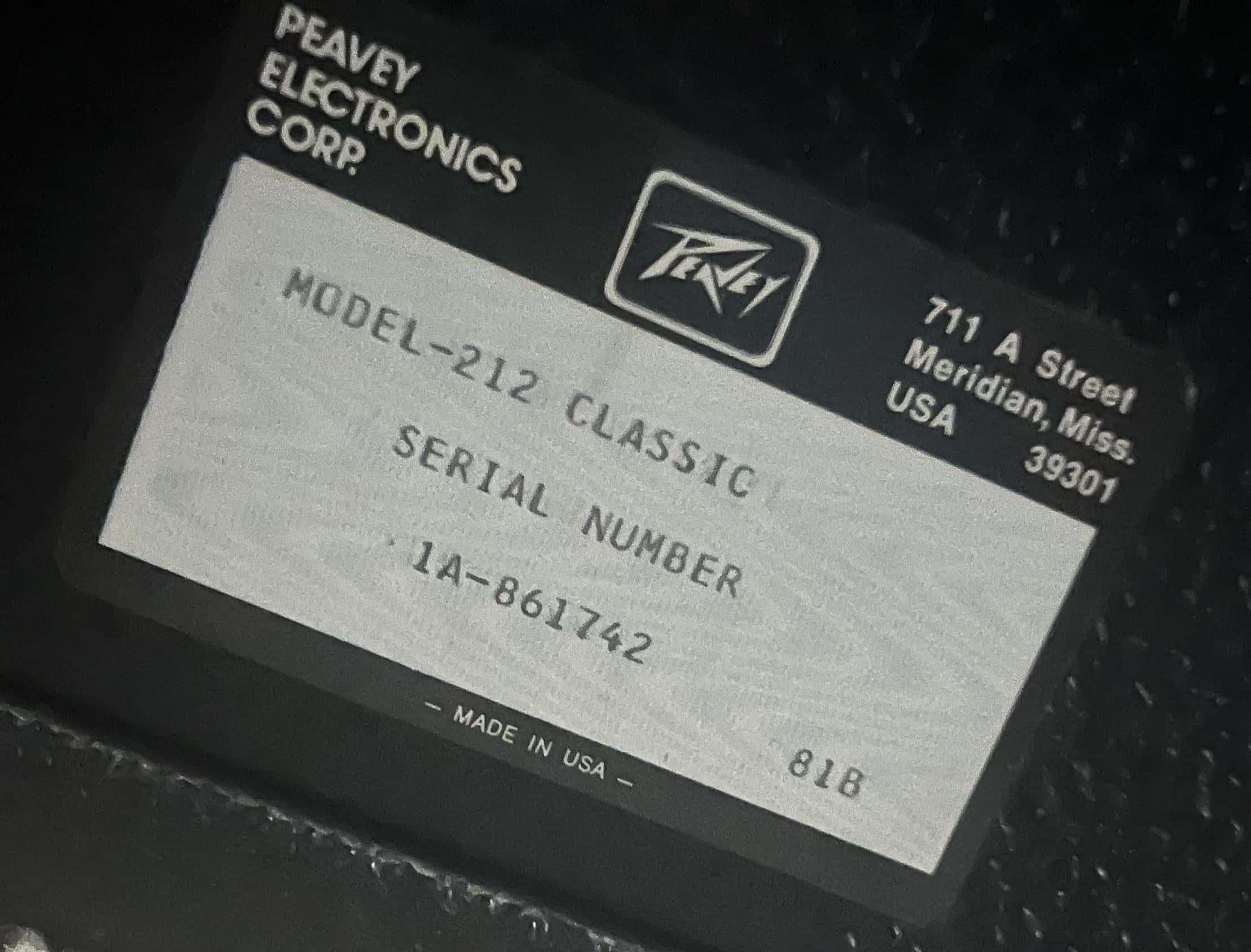
I wrote this guide after needing a practical reference: how to find, read, and verify Peavey serials with the official tool and offline. A single prefix or digit in a serial can be the difference between a common piece and a collectible unit. In clear steps I explain what Peavey serial lookup covers, how to use the official tool, and how to read Peavey serial numbers when the portal is unavailable. The scope balances quick lookup instructions with manual decoding, known limitations, and common pitfalls. The target is technicians, buyers, and collectors who want to determine manufacture dates and provenance—and to know when specialist appraisal or Peavey support is necessary.
Who should use this guide
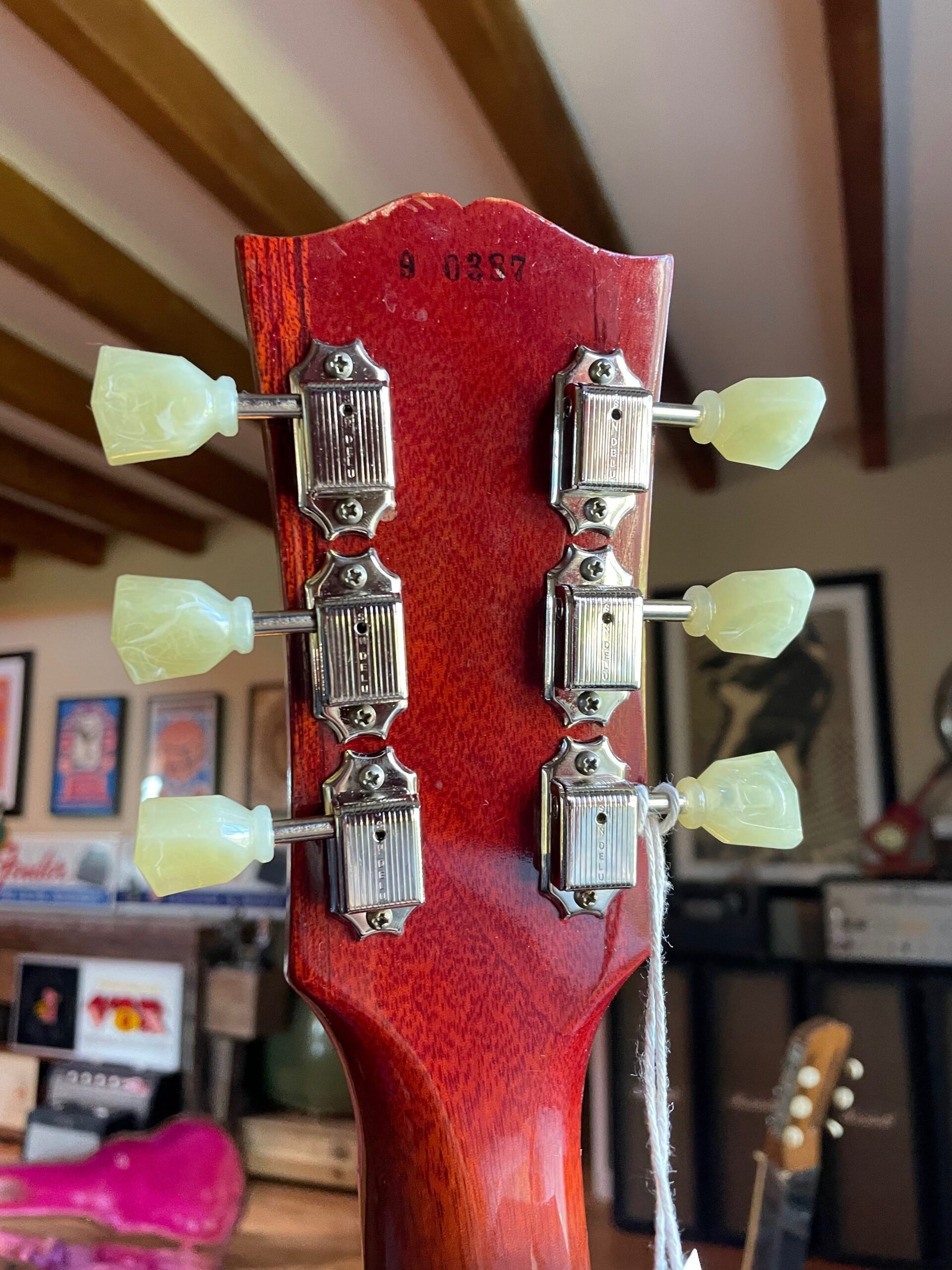
I recommend this guide to collectors, gigging musicians, resellers, and curious owners—the same checklist I use when inspecting trade-ins and auction finds. If you’re a buyer, seller, or collector who wants confidence before handing over cash or listing a rare Peavey, this article shows practical steps to verify authenticity and discusses broader provenance research. Use it to identify model years via the official portal when possible, such as determining model year by serial. Expect limits—museum-cataloging standards note gaps and conflicts in historical records—so cross-check and prefer documented, conservative conclusions.
Who: Who to contact and who this affects
Identifying owners, sellers and buyers
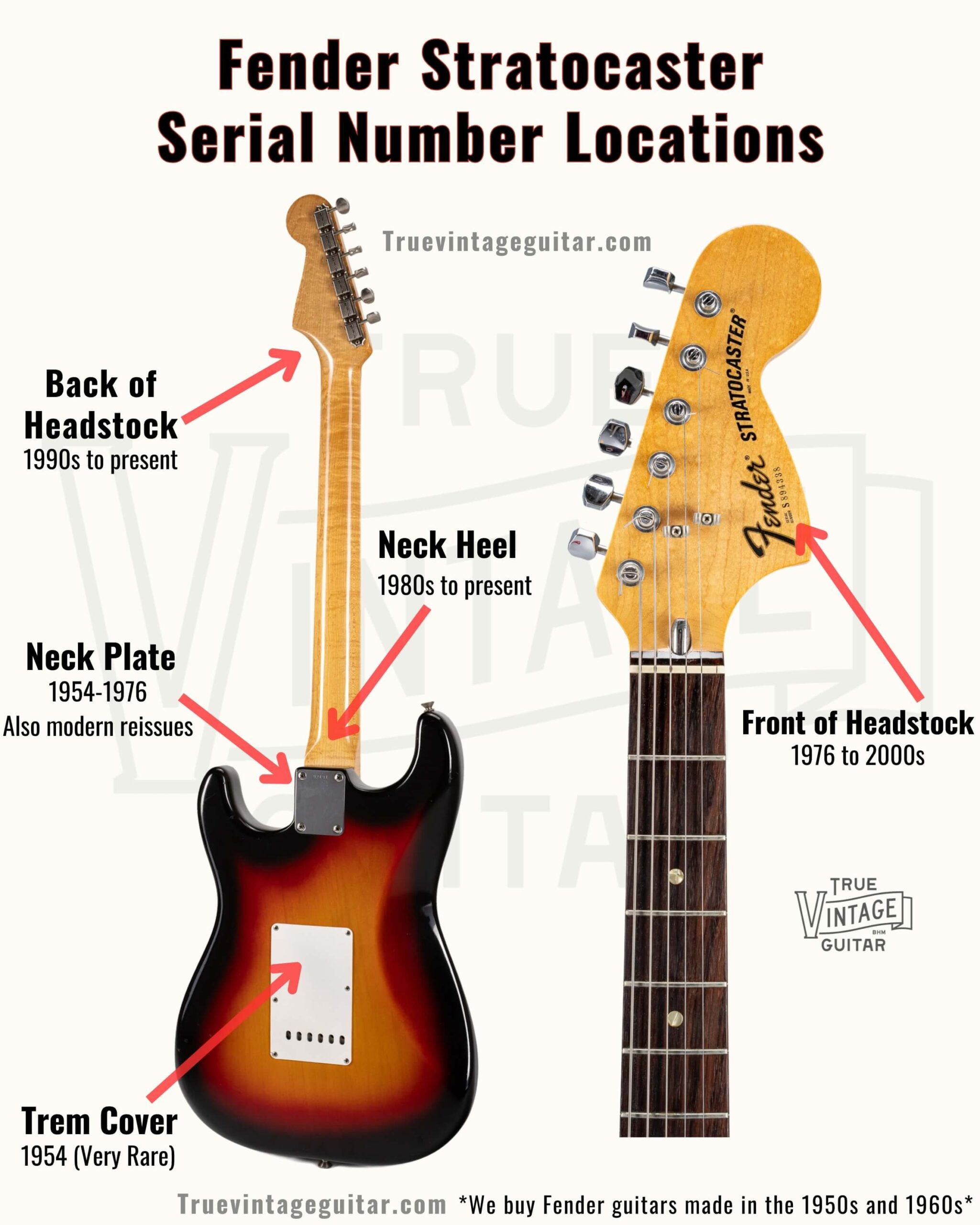
I once avoided a bad purchase after a quick serial check revealed model data that didn’t match the listing. Having walked both sides of transactions, here’s how a serial check protects buyers and sellers—and where it can fall short.
For provenance, ask for: high-resolution photos of the serial in situ, full-gear shots, original receipts, and service records. Compare the serial to the official database and to period catalogs or manuals. Red flags include mismatched model/serial info, missing paperwork, unusual reluctance to permit independent checks, and serial locations that look disturbed (fresh screws around a neck plate, adhesive ghosting where a sticker used to be). Serial checks are powerful but not infallible—tampering and incomplete databases happen—so corroborate with dated component codes (pots, speakers, transformers), community resources, and, if in doubt, Peavey customer support. If documentation is thin, adjust price or walk away.
When and how to contact Peavey customer support
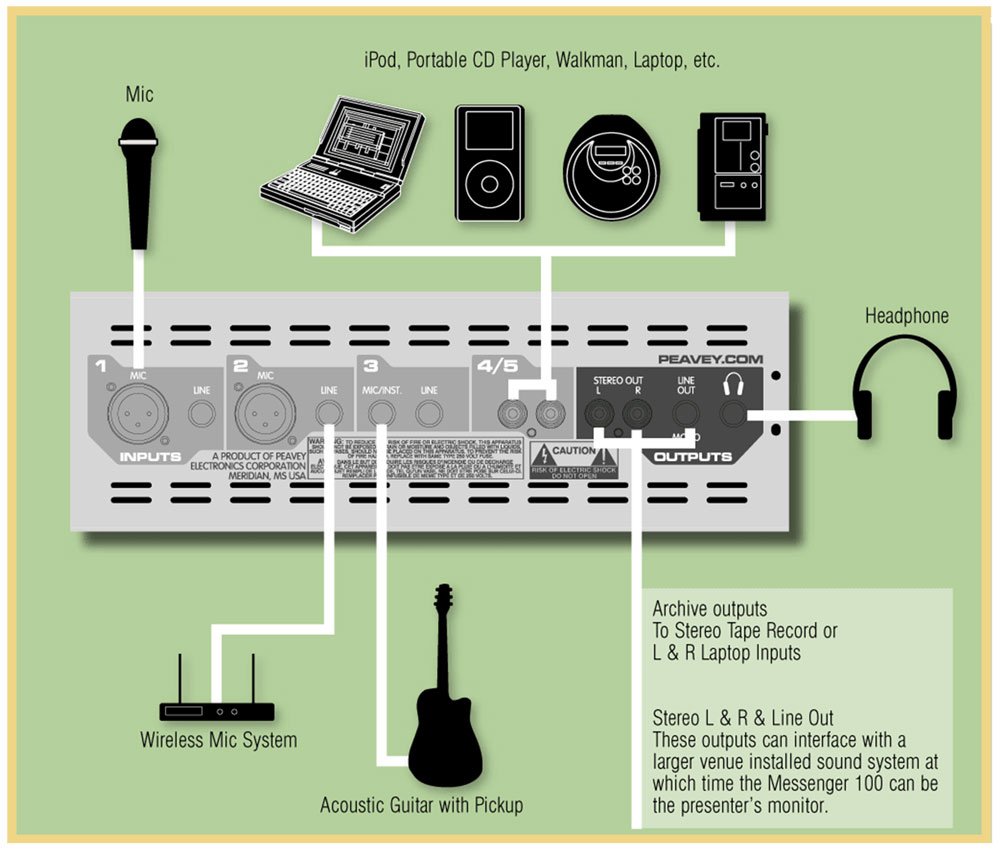
When a serial lookup is ambiguous or the portal offers limited detail, contact Peavey support. Include: clear photos of the full item and close-ups of the serial plate/sticker; the serial exactly as shown; the model name; any known purchase details; and photos of date-coded components (pots/speakers) if available. For security practices in online submissions, refer to NIST SP 800‑63B digital identity guidance and avoid sending unnecessary personal information.
This benefits owners, buyers, sellers, and dealers by speeding provenance checks, but expect response times of a few business days during busy periods and occasional portal downtime. If official verification stalls, cross-check with community databases and keep a record of correspondence, photos, and timestamps for traceability.
What: What Peavey serial numbers mean
Anatomy of a Peavey serial number
After annotating dozens of serials, I see recurring elements that guide dating and authentication. In practice, the Peavey serial number format usually combines a prefix block, a numerical sequence, and sometimes explicit date or factory codes.
Typical components to look for:
- Prefix or letters: often signal product line or origin (domestic vs. import series).
- Numeric core: sequential production number; sometimes includes year/week markers.
- Separators or hyphens: occasionally delineate batch or plant.
Usefulness comes with limits: prefix conventions can be reused or vary by region; overlapping formats across eras create ambiguity; and special editions can deviate. Padding and leading-zero practices can also skew assumed ranges. Treat each segment as a strong clue, not absolute proof, and verify against official records whenever possible.
Common formats, prefixes and model-specific notes
![Question] How to determine Peavey Minx 110 Bass amplifier's ... — likely a clear photo of a Peavey Minx 110 amp (including model/serial area), matching model-specific serial/format notes.](https://fretterverse.com/wp-content/uploads/2025/10/common-formats-prefixes-and-model-specific-notes-9.jpeg)
Below are practical identifiers I’ve found useful when triaging a serial quickly. Use them as diagnostic cues to prioritize further verification:
- EX / EXP / BXP: Often denote import lines or variants. In my experience, these commonly flag overseas production runs and help set expectations on materials and price bands.
- Numeric-first sequences: Frequently seen on older U.S.-made units (plates or stickers), but not a rule. Always cross-check with feature sets from period catalogs.
- Signature/artist models: May follow their own sequence; reissues can reset or diverge from earlier runs.
- Hardware cues: Logo style, tuner type, transformer/speaker EIA codes, and PCB silkscreen revisions often corroborate (or contradict) serial inferences.
Manufacturing shifts, reissues, and replacement plates create exceptions. Treat prefixes and lengths as triage signals—not verdicts—and confirm via the official lookup and community-verified examples.
When: Dating Peavey products (manufacture/ship date)
How to decode manufacture and ship dates from serials

Some Peavey schemes embed month/year markers; others are purely sequential. Here’s a repeatable method I use:
- Step A — Pattern ID: Isolate prefix, length, and any obvious YY/WW tokens or separators. Note whether numbers reset across models.
- Step B — Official cross-check: Use the portal first; if unavailable, compare to known ranges from curated community charts.
- Step C — Component corroboration: Inspect EIA/date codes on parts:
- Speakers: Eminence often “67 YYWW”; Jensen “220 YYWW”.
- Transformers: Schumacher commonly “606 YYWW”.
- Potentiometers: CTS usually “137 YYWW”.
Convergence across these indicators strengthens confidence in a manufacture or ship window; divergence signals possible part swaps or misrepresentation. Overlaps, regional variants, and incomplete public records mean some dates remain approximate; label them as estimates and avoid overconfidence.
Date ranges and examples (including vintage ranges)
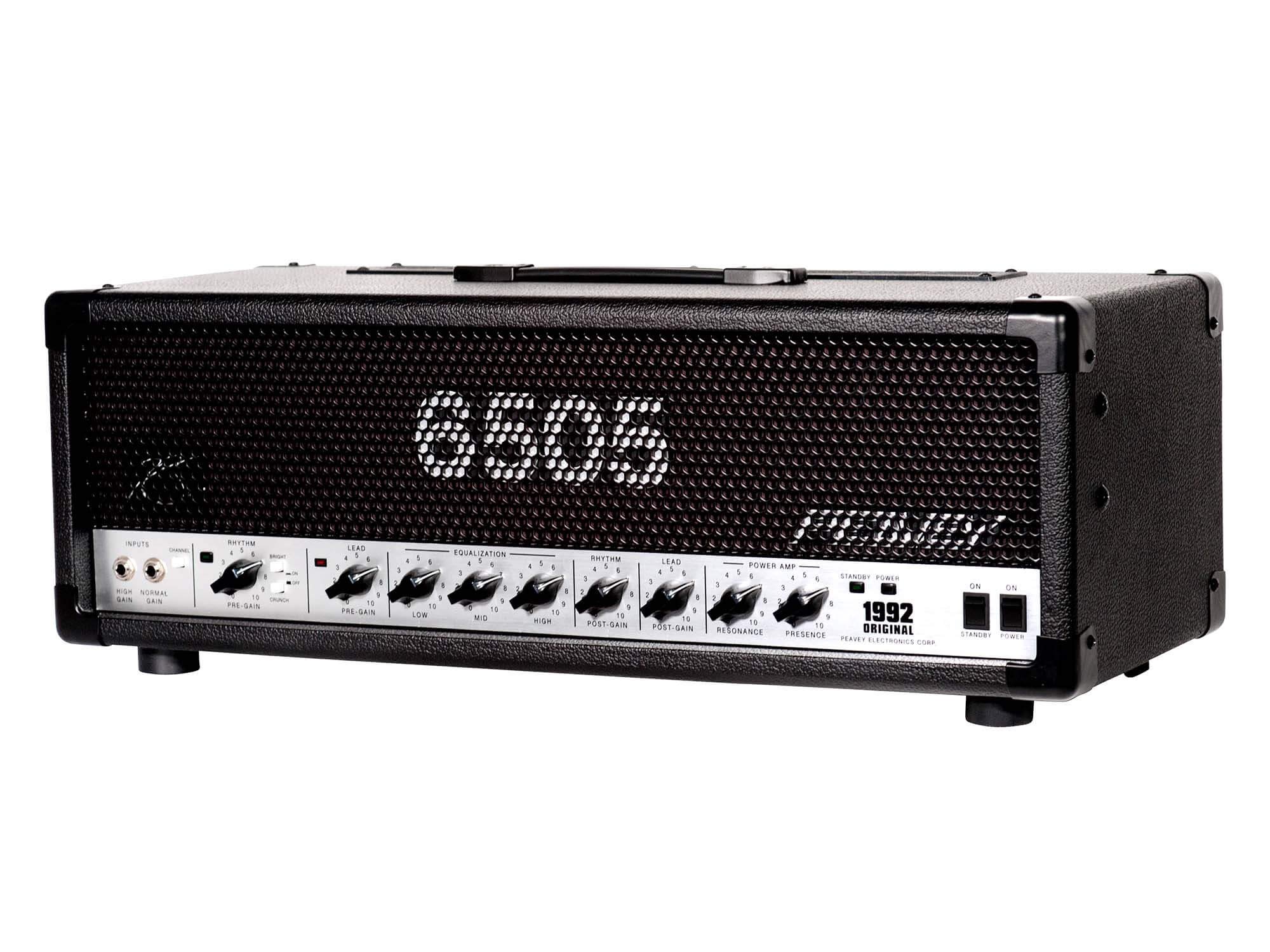
Examples clarify pitfalls. Consider these typical scenarios:
- Sequential-only serials: If the lookup is offline, use component codes for bracketing. For instance, a speaker stamped “67 9834” indicates Eminence (67) in 1998, week 34. If the serial suggests a much earlier era, you may be looking at a replacement speaker or a mismatched listing.
- Reissue vs. original: Artist or classic models often have reissues with overlapping cosmetics. The EVH 5150 line launched in 1992; the 6505 renaming followed after the Peavey/EVH split in the mid‑2000s. A claimed “1992 6505” would be inconsistent—this is the kind of detail a serial lookup can catch.
- U.S. vs. export batches: Export-focused runs can use different stickers or prefix conventions; treat regional anomalies as prompts for deeper checks.
Use these as hypotheses to test against the official portal, paperwork, and community-verified charts. Overlapping ranges, factory resets, and partial archives are common; date windows are often the best honest outcome.
Where: Where to find serial numbers and where to look them up
Physical locations on amps, guitars and accessories
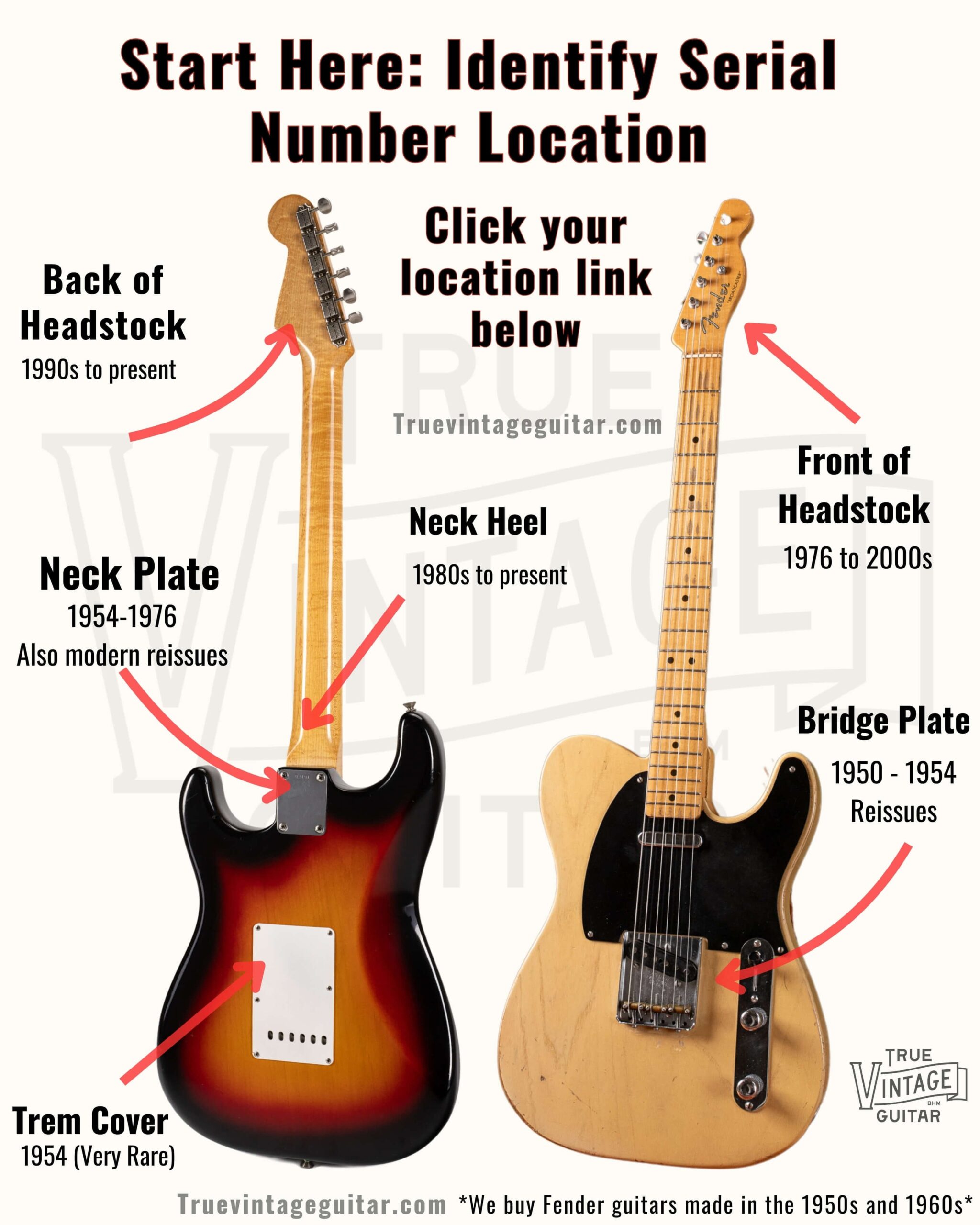
Serial placement varies by era and product. Useful context: vintage guitar authentication guides note serials may be stamped, engraved, printed on stickers, or placed internally. For Peavey, check:
- Rear headstock (guitars/basses); occasionally the front.
- Neck plate or heel stamps; look for stamped metal plates with consistent fonts.
- Chassis corners and back panels (amps/heads), nearby compliance labels.
- Inside the cab or PCB silkscreens (some amps), and stickers on accessories.
This “Where” pillar reduces guesswork: once you confirm the exact serial location and appearance, you can better judge authenticity. Limits: internal tags may require partial disassembly (provenance research practices advise careful documentation), and stickers can peel or be forged. Photograph clearly from multiple angles in raking light to capture faint stamps.
Official online lookup: Peavey tools and the secure portal

I regularly use the secure lookup to verify and date gear. In my experience, the official portal is the most accurate source when available. Open the Peavey serial number lookup tool at secure.peavey.com, enter the serial exactly as shown, and review fields like model, manufacture/ship dates, and production notes.
Screenshot or print to PDF and note the query date for your records. Limits: the portal can be offline; very old or special-run units may have sparse entries; some records require direct support. When the SN lookup is down, fall back to photos, component codes, and community spreadsheets while you await an official response.
Why: Why verify serials and what authenticity tells you
Reasons to confirm manufacture date and provenance

Serials answer the core “Why”: origin, age, and chain of custody. In the marketplace, documented provenance tends to improve buyer confidence, reduce returns, and clarify price bands, especially for discontinued or collectible lines. Verifying authenticity and confirming manufacture dates reduces risk, supports accurate model-year claims, and resolves disputes (e.g., over a Classic 30’s era).
Balance this with reality: databases can be incomplete; prefixes can mislead; condition still drives value. Pair official lookup with visual checks and seller history so your conclusions are evidence-based, not aspirational.
Common red flags: imports, mismatched prefixes, and counterfeits

Quick triage indicators:
- Serial-checker examples from major brands show how mismatched prefixes or improbable dates flag trouble. Apply the same logic to Peavey.
- Counterfeit red flags: inconsistent logos/fonts, low-grade hardware, and serials tied to another model in known lists.
- Appraisal guidance: watch for import-series prefixes (EX/EXP/BXP) presented as U.S.-made, or hardware that conflicts with the claimed era.
None of these alone are proof—plates get swapped, parts replaced, paperwork forged. Treat anomalies as triggers for deeper investigation via photos, component codes, and the official portal.
Step-by-step Guide: How to look up and decode a Peavey serial number
Step 1 — Locate the serial on your item

Begin with a careful physical inspection. Tip: use raking light and macro photos. Anecdote: I’ve found serials hidden inside back panels and battery compartments that sellers missed—see these general guidelines for locating instrument serial numbers.
Scan the headstock front/back, neck plate, chassis corners, back panels, PCB silkscreens, and cabinet stickers. Photograph each angle, capture the full item, and note any tamper signs (fresh screws, adhesive residue). For stickers, also record the font, spacing, and any barcodes. Preserve original photos—your audit trail matters.
Step 2 — Use Peavey's official lookup tool

Open the official portal and enter the serial exactly as stamped (preserve hyphens, leading zeros, and letter case). Use the official result as your baseline. Expect fields such as model name, manufacture/ship dates, and notes. Save screenshots or PDFs and record the query date.
Caveats: entries can be sparse for vintage or special runs; occasional outages occur. If the output conflicts with obvious hardware-era cues, pause and investigate rather than forcing a conclusion.
Step 3 — Decode manually when the official lookup is down

When the portal is unavailable, proceed with pattern-based heuristics and component corroboration:
- Map letters to likely series (e.g., EX/EXP/BXP import lines) and check if that matches the model’s typical origin.
- Look for embedded YY/WW hints; compare to plausible production windows for the model.
- Cross-check pot, speaker, and transformer EIA codes for earliest-latest feasible dates.
Document your assumptions and uncertainty. Manual decoding produces estimates; use it to triage and plan follow-ups, not to certify authenticity. Re-run the official lookup when it’s back online to resolve edge cases.
Step 4 — Cross-check with community resources and spreadsheets
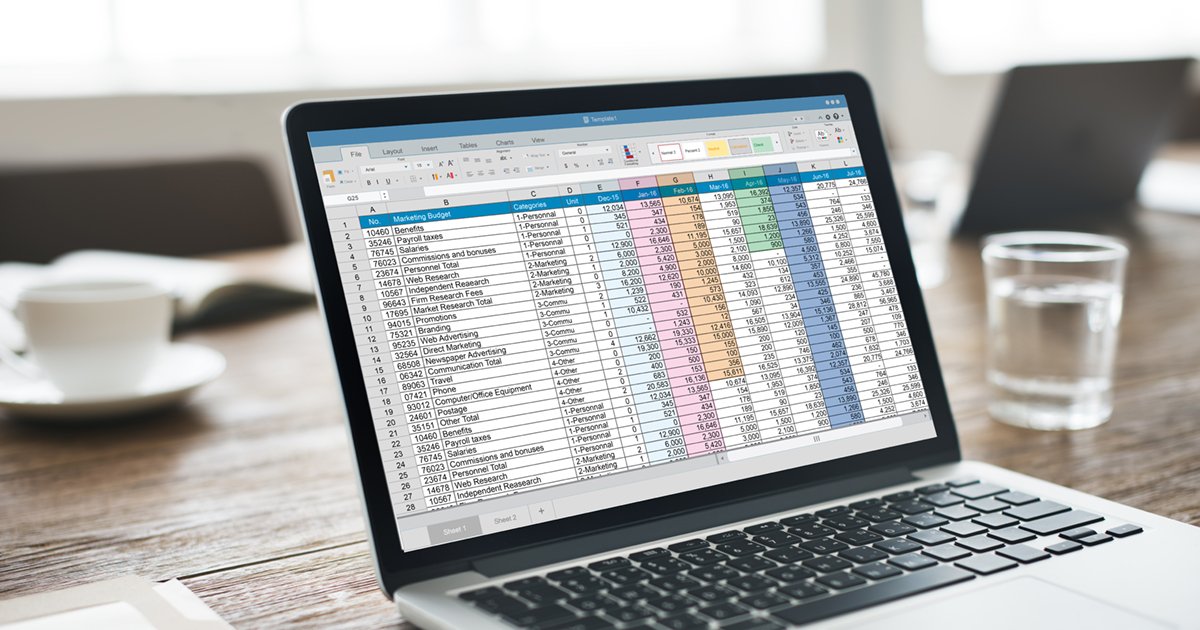
Community-maintained spreadsheets and forum threads can fill gaps the official tool misses—but quality varies. I prioritize sources with photo-backed entries, active moderation, and concordance with the official lookup.
How I vet them: check contributor history, scan for repeated confirmations, and weigh claims with images and paperwork over unreferenced memory. Benefits include nuanced model notes and regional variants; limits include transcription errors and small sample sizes. When in doubt, contact the original poster for evidence or wait for official confirmation.
Resources & Troubleshooting
Official resources and spreadsheets

I keep a shortlist of primary and vetted secondary sources. Pairing the official lookup with a curated spreadsheet provides broadest coverage. Start with the Peavey serial number database via the official portal for authoritative entries; when records are sparse or the portal is down, consult a vetted, photo-backed spreadsheet and cross-validate. Always log your sources and keep copies of lookups; confirm final details with Peavey support before making high-value decisions.
Community sources: forums, threads and third-party charts
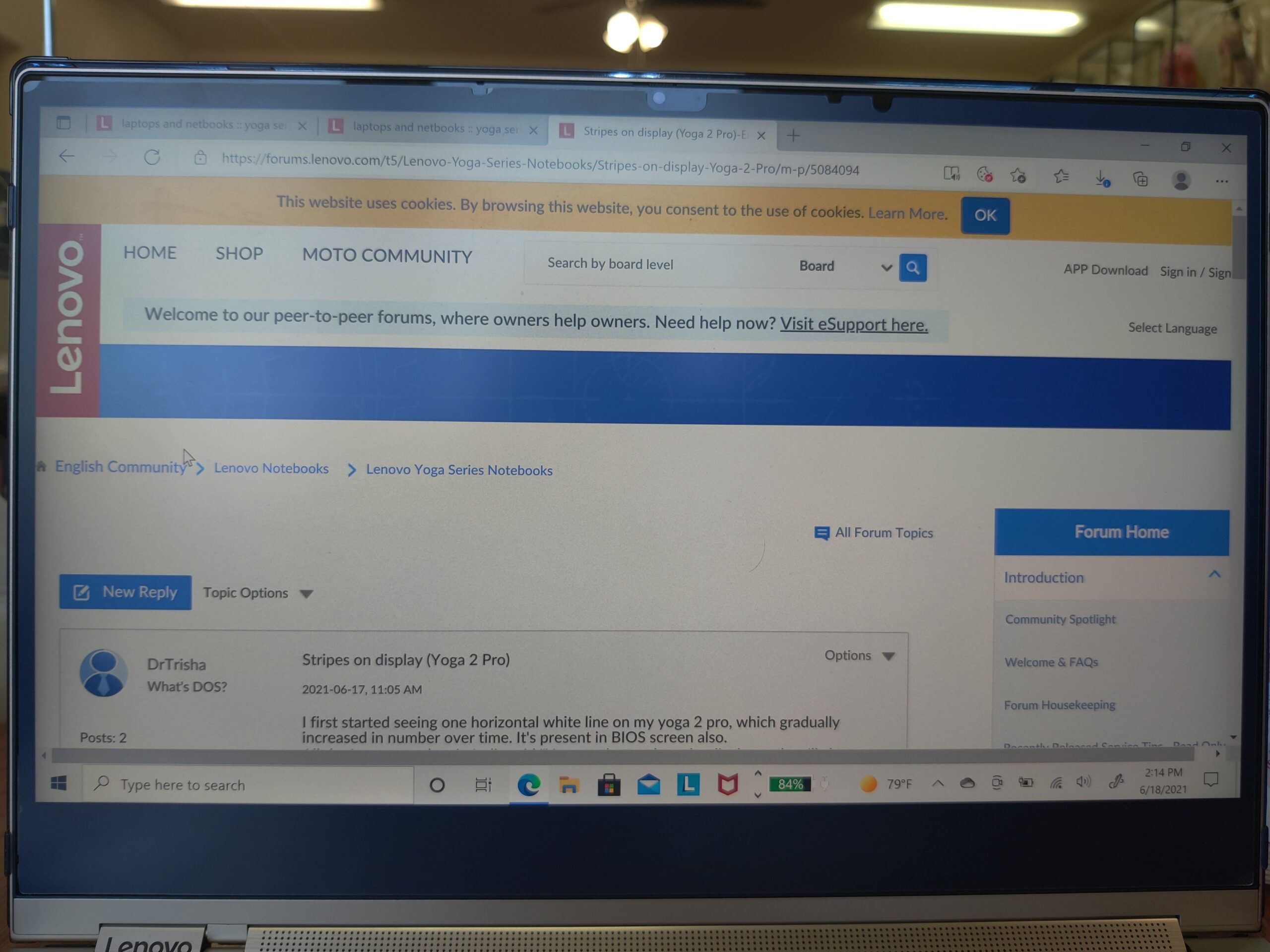
I use community hubs to cross-check: Peavey forum serial threads, TalkBass discussions, GearPage posts, JemSite notes, and spreadsheet compilations. A moderator once surfaced an obscure chart that cracked a confusing serial in minutes—proof that community knowledge can be decisive.
Practical tip: search via “site:forum.com Peavey serial [model]” and filter by recent posts; prioritize threads with photos and citations. Trust signals include moderator participation, multiple corroborations, and alignment with factory docs. Archive your references for future audits.
Troubleshooting when SN lookup is unavailable
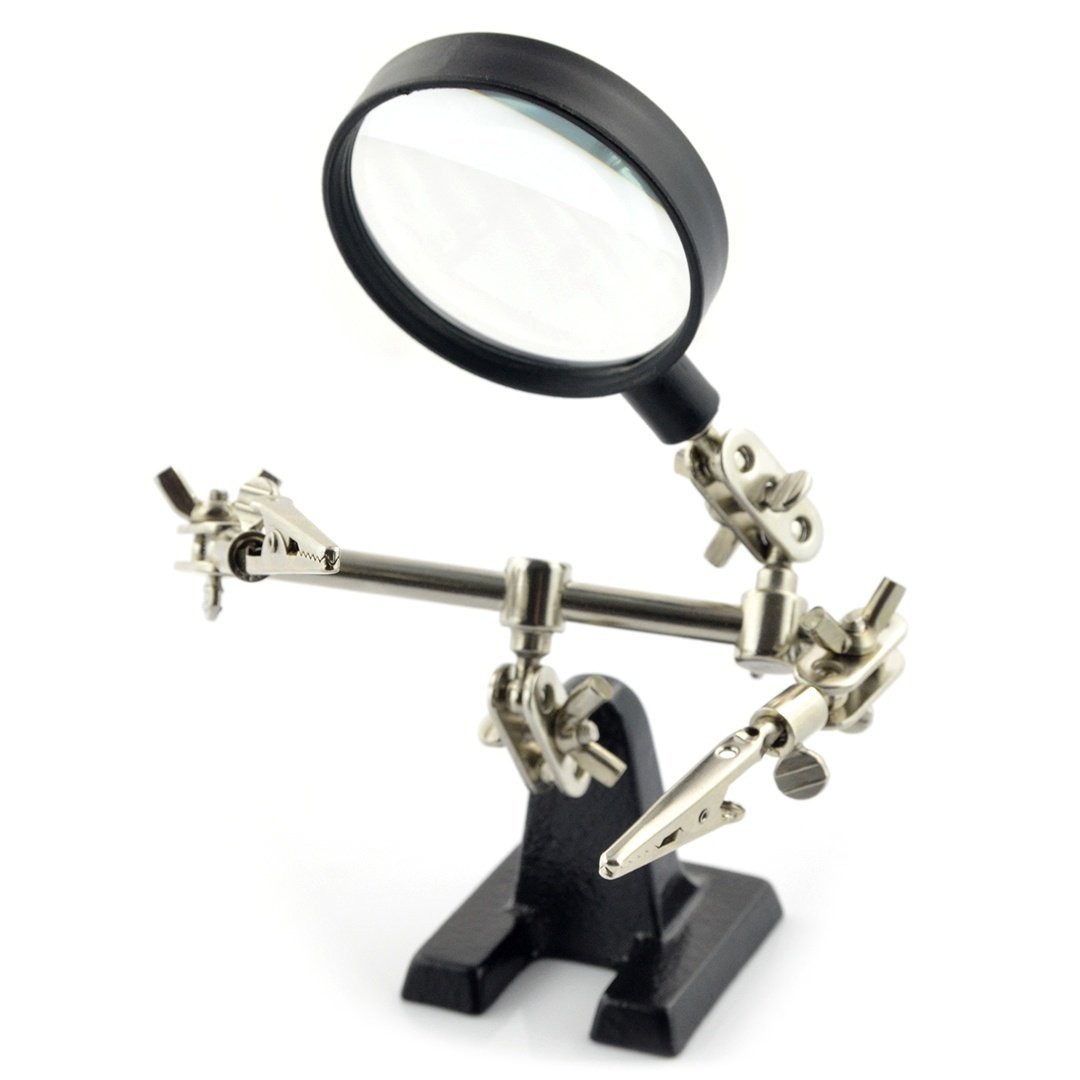
Fallback sequence when the portal is down:
- Photograph serial and hardware; document where the serial appears.
- Manual decode (prefix/length/YYWW patterns) and component EIA date codes.
- Consult vetted spreadsheets and forum threads; look for photo-backed matches.
- Email Peavey support with your bundle (photos, serial, model, receipts); note time/date.
Keep an evidence log (timestamps, screenshots, contacts). Community sources can guide you during outages, but treat them as provisional until the official lookup or support response confirms your findings.
FAQs
What information can a Peavey serial number lookup reveal about my gear?
Where should I look on my Peavey instrument or amp to find the serial number?
How do I perform a reliable serial number lookup for Peavey gear?
What red flags indicate a Peavey product might be counterfeit or misrepresented?
Are there limitations to dating and authenticating Peavey gear using serial numbers?
How accurate is Peavey's serial lookup?
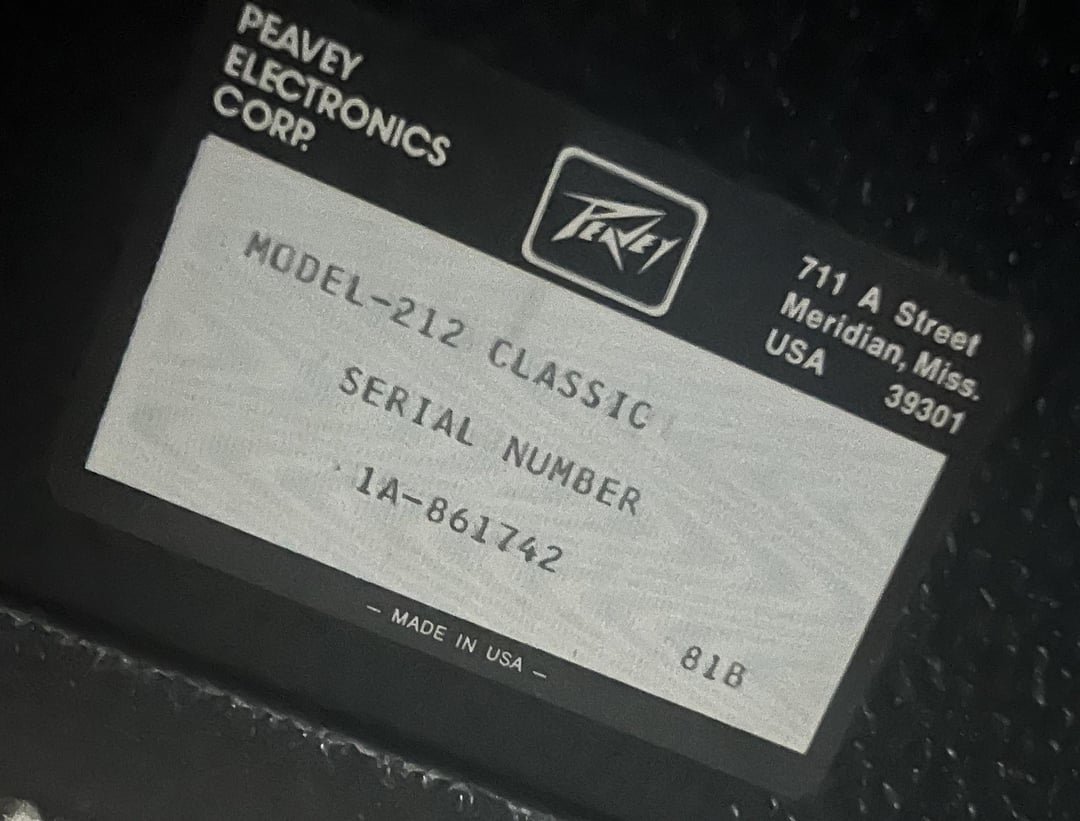
Accuracy is generally strong for recent production with complete records; it’s more variable for vintage items, export-only runs, or heavily modified gear. Treat the portal’s output as primary but not infallible. I corroborate with photos, component codes, and community charts, and I contact support when discrepancies persist.
What if the serial is missing, altered, or unreadable?
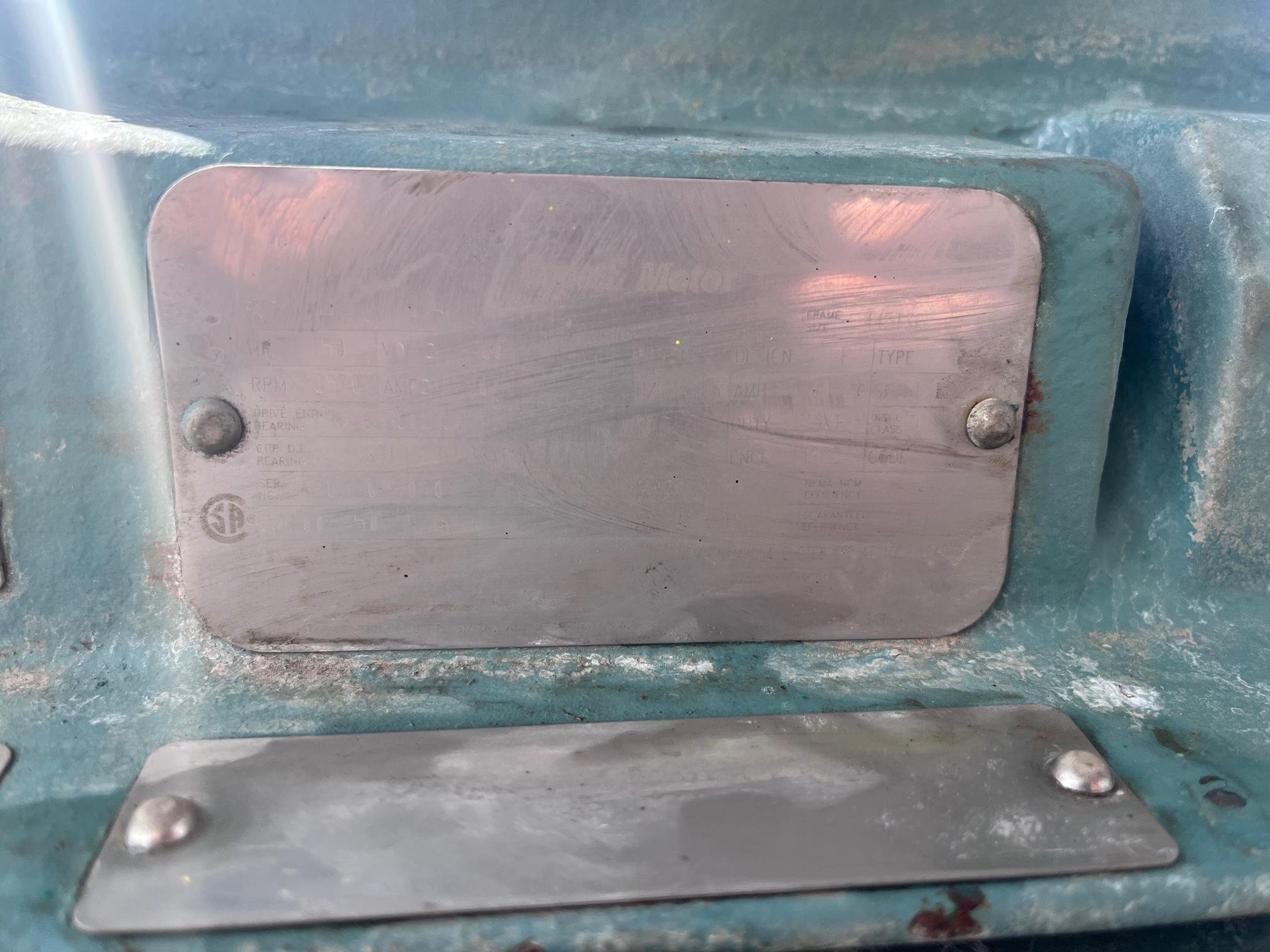
A missing or altered serial is a red flag and warrants extra diligence. First, request close photos of the serial area (including any ghosting or impressions) and of typical serial locations (e.g., neck plate, chassis). Ask for provenance (receipts, service records). Try manual decoding from component codes and seek community corroboration, then contact Peavey support. Be cautious about valuation; in some regions, serial tampering can be a legal issue—proceed only with clear documentation and appropriate due diligence.
Can forums and spreadsheets be trusted?
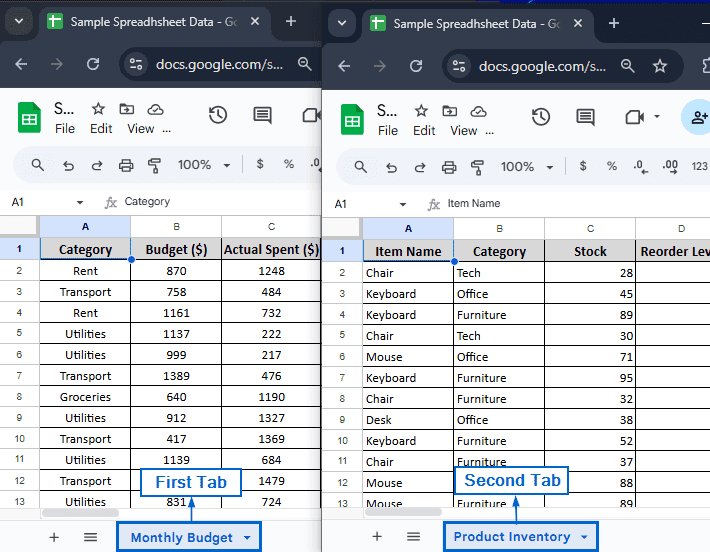
They’re invaluable for context but should not stand alone as proof. Favor sources with photo-cited entries, moderator oversight, and alignment with manufacturer info. I treat crowd-sourced lists as guides to questions I need answered by the official lookup, component codes, or factory support. When an entry affects a high-value decision, ask for original photos or paperwork before you rely on it.
Conclusion
A systematic serial check should be part of every Peavey purchase process. The routine is straightforward:
- Locate and photograph the serial in place; note any tamper signs.
- Run the official lookup; save the results with a timestamp.
- Corroborate with component EIA codes and period-correct features.
- If the portal is down, decode patterns conservatively and consult vetted community charts.
- Escalate discrepancies to Peavey support; document your entire trail.
Lookups aren’t infallible, serials can be altered, and context matters. Use this method to minimize risk and ground your decisions in evidence rather than guesswork.